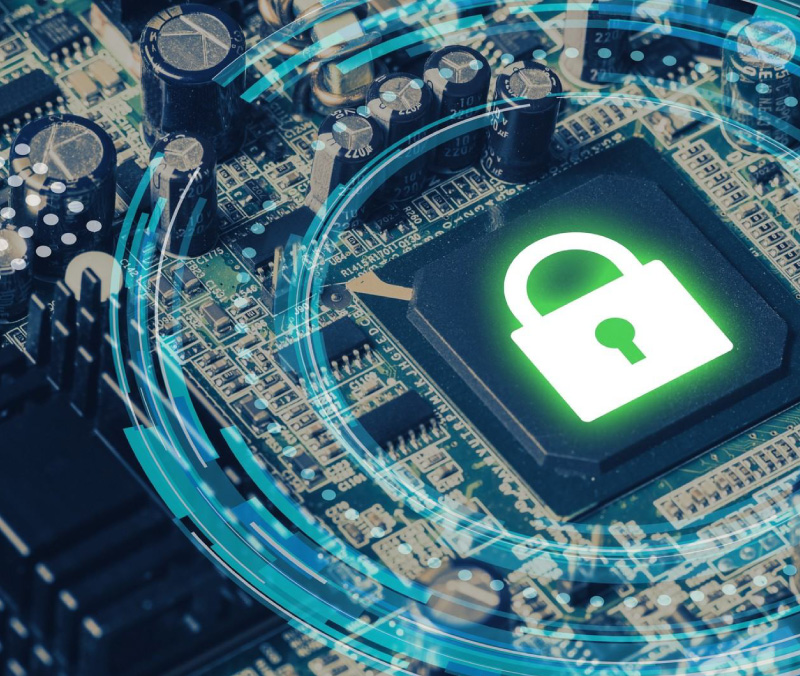/Post-lease IT equipment - Is it worth it?


As companies and individuals are constantly upgrading their IT equipment, the need to properly dispose of or reuse old or obsolete equipment is becoming increasingly important. In this article, we will outline the benefits of reusing and recycling IT equipment at the end of a lease, whether for servers and data centres or personal computers.
Reselling IT equipment at the end of a lease
One option for re-using post-leasing IT equipment is to resell it to third-party resellers who specialise in refurbishing and reselling used equipment. These resellers can carry out thorough testing and repairs to ensure the equipment is in good condition, and then sell it at a reduced cost to companies or individuals who may not have the budget for new equipment. This can be a win-win situation, as the vendor can make a profit and the buyer can save money and still receive reliable equipment.


Donating IT equipment after leasing
Another option is to donate equipment to schools, non-profit organisations or other groups in need. Not only can this help those who may not have access to the latest technology, but it can also provide tax benefits for the company or individual donating the equipment. Many companies have programmes that allow employees to donate used IT equipment to charitable organisations.
Recycling post-lease IT equipment
Recycling equipment is another option that can benefit the environment. Many electronic devices contain hazardous materials that can be harmful if not disposed of properly, and recycling ensures that these materials are disposed of safely and responsibly. In addition, many recycling companies can recover valuable materials from equipment, such as copper and gold, which can be reused in new electronics.
Repurposing post-lease IT equipment for personal computers
In addition to reusing post-lease IT equipment for servers and data centres, individuals can also benefit from reusing used equipment for personal computers. For example, an old laptop can be used as a backup device or media server, while an outdated desktop computer can be used as a home server for file storage or media streaming. By repurposing this equipment, individuals can save money and reduce electronic waste. It is also possible to upgrade and upgrade one's PCs, as well as laptops, using post-lease parts, as they have a lower price than new ones.
However, be sure to buy post-lease equipment from reliable shops. Compan-IT offers post-lease equipment from reliable and trusted sources, which are tested and thoroughly checked before sale.


Summary
Reusing and recycling IT equipment at the end of a lease can bring many benefits, including savings, environmental sustainability and the opportunity to help those in need. It is important for businesses and individuals to consider these options when upgrading their IT equipment, as it can be a responsible and financially wise decision. By choosing to resell, donate or recycle equipment, companies and individuals can have a positive impact on the environment and community, while also benefiting their own bottom line.























